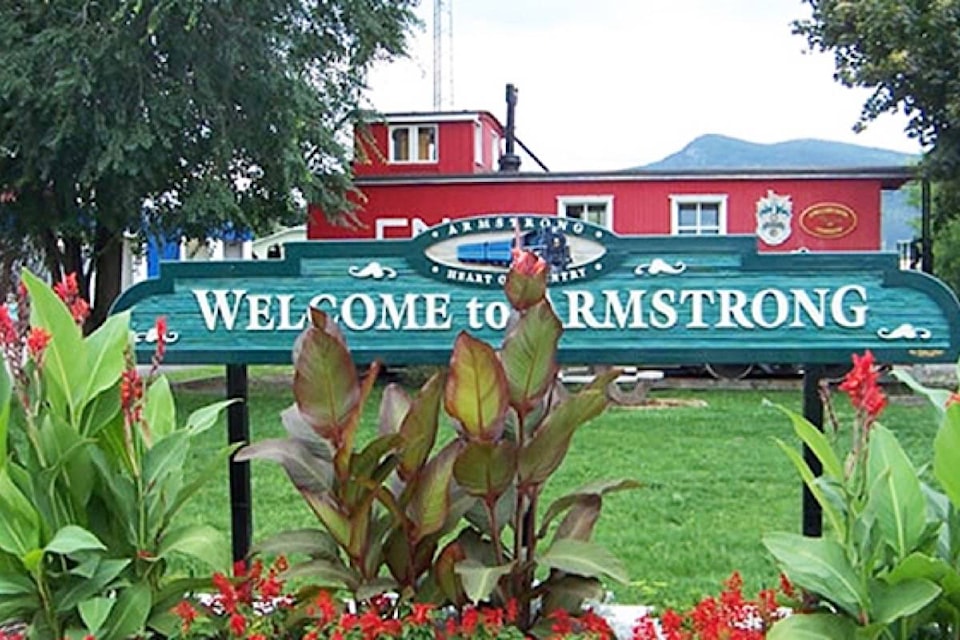Excluding Agricultural Land Reserve (ALR) properties within the City of Armstrong would allow the community to continue growing according to higher density principles.
The city will send a letter of support to owners of a property in the 3900 block of Highland Park Drive who have a year to appeal an Agricultural Land Commission (ALC) rejection of their application to have the property excluded from the ALR for a housing development.
The property is listed as priority three in the city’s agricultural land exclusion policy, created in 2003, that supports applications to the ALC for ALR exclusions.
The ALC indicated in its rejection that Armstrong should seek to accommodate development through densification and infill (buildings constructed to occupy space between existing ones).
“Allowing ALR exclusions in Armstrong within the tightly drawn limits of Armstrong, to facilitate high density residential growth, while protecting lands outside of city limits, represents exactly the development patterns that the ALR was created to encourage,” wrote planner Ryan Roycroft in a seven-page report to council.
Lands identified as priority one, and a portion of lands in priority two, were excluded based on the city’s policy. The ALC wrote in 2011 that it did not endorse the policies.
Armstrong, said Roycroft, has embraced densification.
The city has increased population density in the community by 21 per cent since 2011, “a level of density increase not seen in neighbouring communities.
“Armstrong has the distinction of having among the highest population densities in B.C. outside of the Lower Mainland,” wrote Roycroft.
It has also replaced an old zoning bylaw with a new one that is, according to Roycroft, “the most infill-friendly in the Okanagan Valley.”
However, wrote Roycroft, Armstrong is reaching the end of what infill alone can provide.
The ALC said residential lands in Armstrong should remain in lowland areas while upland areas should remain agricultural. Roycroft said lowland areas in Armstrong are subject to flooding.
“Significant flooding in 2017 demonstrated conclusively that many lowland areas are completely unsuitable for residential uses,” he said.
Roycroft concluded that Armstrong represents the ideal of the ALR perfectly: a small community with tightly drawn boundaries serving surrounding agriculture, pointing out its major cultural event is the world-famous agricultural fair, the Interior Provincial Exhibition.
“This is a well-written report. It’s the information we need for planning our city for our next official community plan review,” said Mayor Chris Pieper.
“It’s very important information.”
Coun. Paul Britton motioned for city staff to also send the letter to the ALC, which was unanimously supported although Coun. Linda Fisher was absent from the council meeting.
